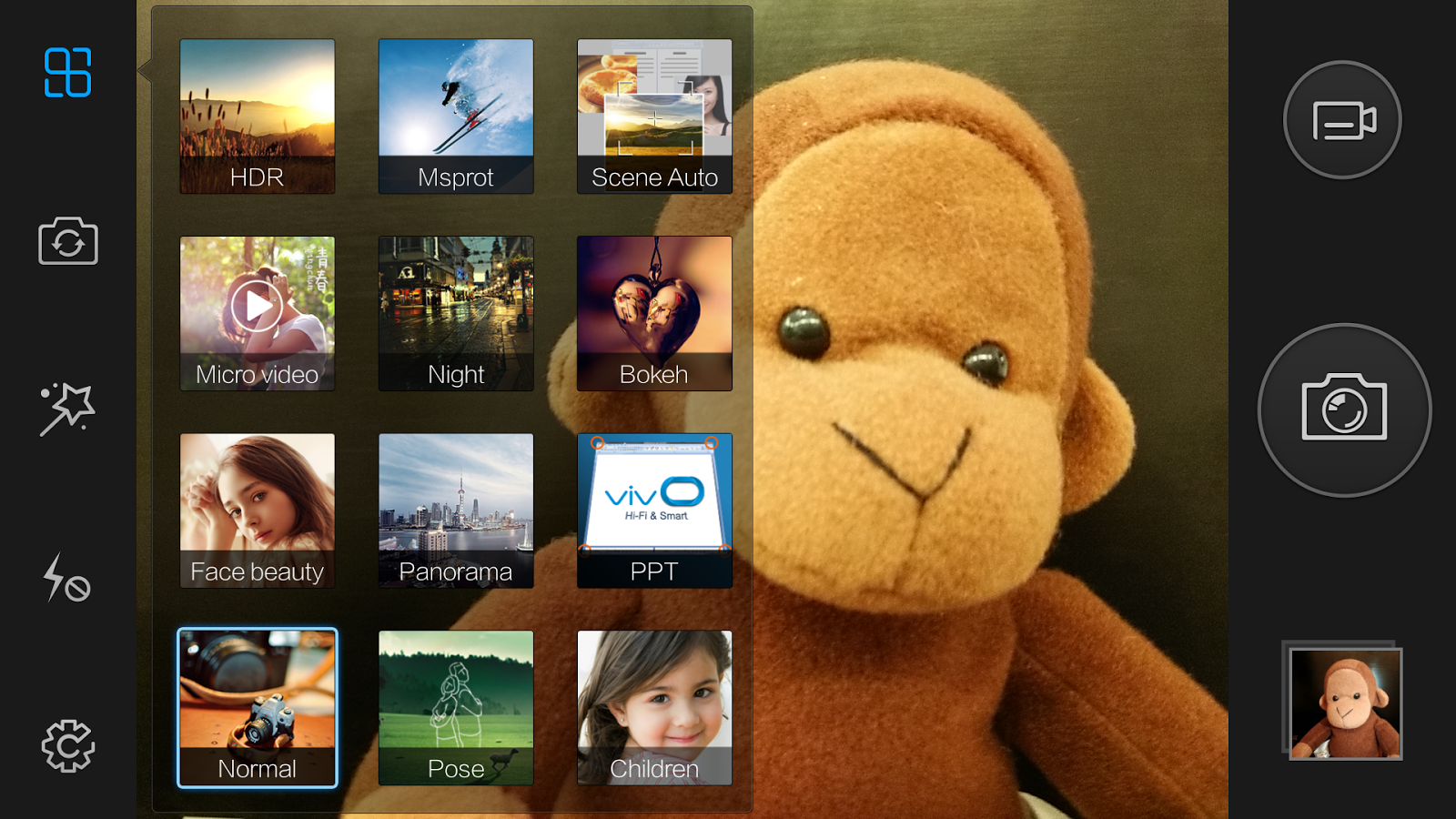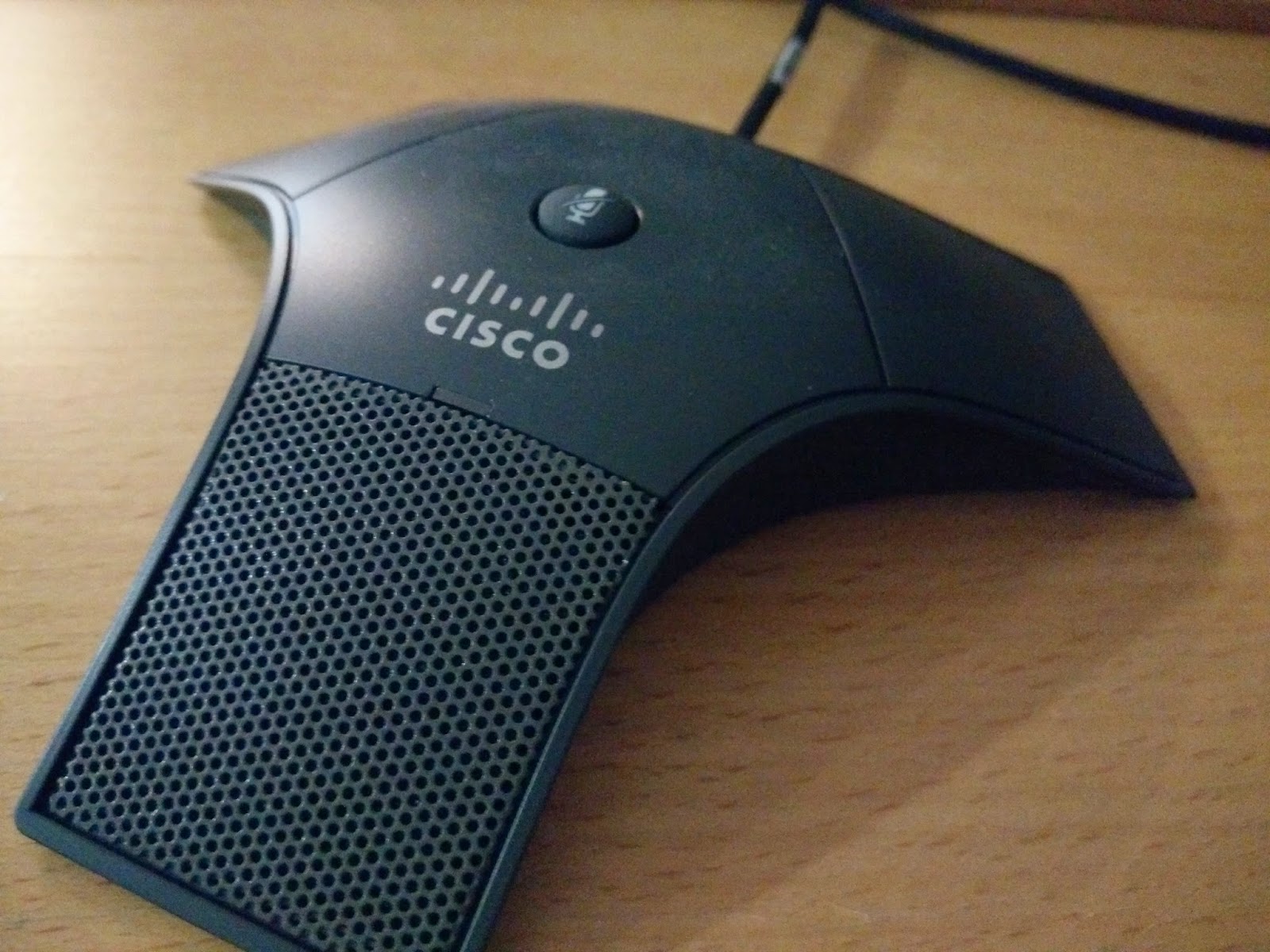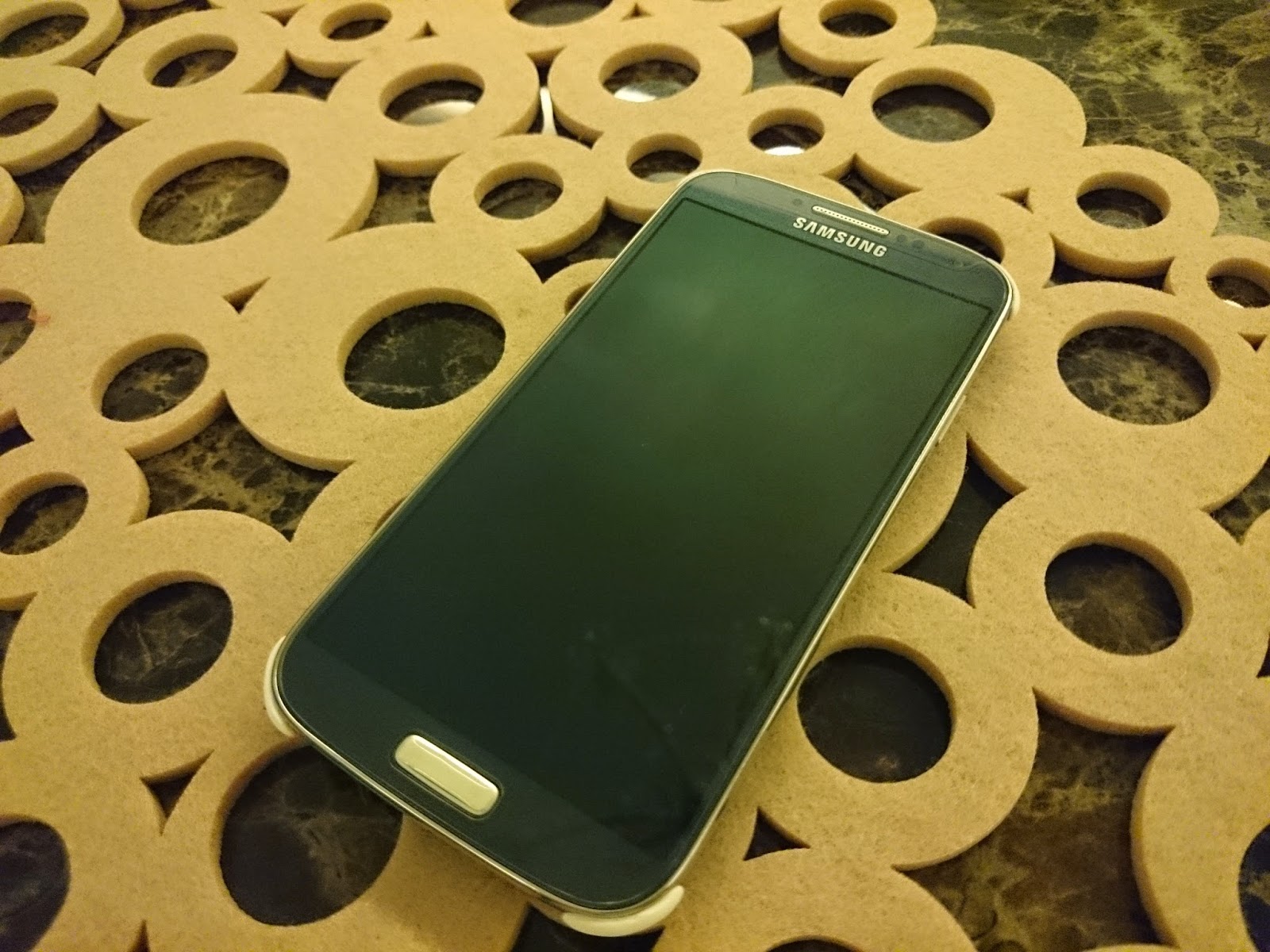Most people do not relate China products with "innovative" or "premium". If you can look past that stereotyping however, there are actually a number of budding tech companies in China that worth looking up. More notably Xiaomi and the OnePlus have certainly made a big splash on the international scene this year. Less so, there are some names you may not heard of but in my view are doing a great job, e.g. Vivo, Oppo, Meizu and etc.
Vivo for instance, has been coming out with devices that have the most or the first - the slimmest phone, the first 2k phone, and what this review is about, the first phone with both Optical Image Stabilization (OIS) and F/1.8 lens - the Vivo XShot.
Hardware and Design
Vivo XShot comes with two variances, a higher speced Ultimate, and a cheaper Elite version. The Ultimate version sports with the popular Qualcomm Snapdragon 801 processor at 2.5GHz, 3G RAM, 32 GB ROM, micro SD expansion slot (up to 128GB), 5.2 inches 1080P screen, and an impressive high-end audio chipset. The Elite version compromise slightly on a slower Qualcomm Snapdragon 801 processor at 2.3GHz, 2GB RAM, and 16 GB ROM. It is no slouch in terms of hardware, and is on par with the current flagships.
See the full specification
here.
The highlights of this phone however are really its cameras. The Vivo XShot comes with a F/1.8 + OIS 13 megapixel back camera (Sony 2nd gen IMX214) with dual tone flashlight, AND a 8 megapixel 84 degrees wide-angle front camera with LED flashlight. More on them in a while.
The phone itself is a well made device. XShot felt substantial in the hand, due to its steel made chassis that also surround the phone. The steel body is clamshelled by polycarbonate plates and a gorilla glass. Underneath the glass, the 5.2" LG produced 1080p IPS display dominates the front, leaving very little bezels at the side. Delightfully, the display does a good job in complementing the viewing experience for the camera centric phone. The screen is bright (and dim enough when needed), and has good color accuracy. Not that you should be bothered, fyi you will notice a warmer tone when looking diagonally across from the bottom right to the top left of the display. This is commonly found on LG G2 which uses the same panel. It does not affect normal viewing. Even at wide deviated angles, the IPS screen provides good visibility.
Aside of the usual sensors on the front, you will be surprised by a led flashlight! Trust me, you will absolutely love this 8 MP front camera and its accompanied flashlight if you are a selfie person. At the bottom of the screen, there are three capacitive buttons (menu/ home/ back), which sadly do not light up. Though in actual use, I do not find it hard to locate the buttons in the dark.
At the sides, there are four physical buttons all on the right, the volume buttons, the power button which is positioned nicely for your thump, and a welcomed dual-stage camera button nearer to the bottom. On the left, there is a slot with an unique single tray design for both the SIM and SD cards.
The non-removeable back of XShot has a slight curve that helps with the grip. You will not miss the protruding camera. The prominent lens probably fits its image as a camera centric phone. That said, you do worry about the lack of protection on the lens. Also on the back is a long speaker at the bottom which produces respectable sound both in terms of loudness and quality.
The device is powered by a 2600 mAh battery. It is not big for an over 5" phone, but in actual use it proves to be pretty reliable. It can easily last for a day, with over 4 hours screen on time, i.e. active usage.
Software
The XShot comes with Vivo's Funtouch OS which is built on Jellybean 4.3. Currently at version 1.16.2 beta, the Funtouch OS is still very young, and require some polishing, particularly on attention to details. However, it is by no mean immature. The Chinese are very good in 'learning' from the best. You will find several familiar features such as gesture control, one-handed control, double tap to wake and etc. Being a chinese phone, the local version does not come with Google services by default. Instead, the missing Playstore is made up by the Vivo App Store. Not to worry though, the process of setting up Google services is fortunately pretty straightforward. However the de-chinese process is far from complete. Although you can set the language to english, you are almost certained to run into chinese at some corners. Other bugs include for instance unknown location of your contacts (only chinese cities are recognized), and mismatching caller ID due to country prefix.
The Funtouch is a heavily customized OS from the vanilla Jellybean. E.g. the light color tone, iPhone esque slide up control center, just to name a few. The launcher does away with the app drawer, which means all applications are laid out on the main screens, together with the widgets. You can also apply different themes, which are downloadable from the theme store, to the launcher, icons, lockscreen and etc.
 |
 |
 |
| Laucher |
One-handed mode |
Various gesture control |
 |
 |
| Apple esque slide up control panel |
Themes |
Camera
If you only want to know one thing about this device, it will be its cameras. Yes the cameras - both the main and the front cameras.


The main camera on the back is a 13 MP Sony camera module that features an F/1.8 lens, with optical image stabilization (OIS). The big deal is that it should produce better images in low light situations. Firstly the F/1.8 lens means the XShot has a much larger aperture than the market norms F/2.0 -F/2.2 (the smaller F/ number means the bigger aperture) , which also means the lens allow more lights to go in. Secondly the OIS helps to steady the shot when the aperture is left opened for longer time, or when in motion. Most of the manufacturers only go with one of the two, or compensate it with digital stabilization. Vivo XShot is the first mobile phone that has such combination. Also worth mentioning is that larger aperture allows faster shutter speeds, and produce images with shallower depths of field. So you can achieve better close up effect where the focus is on the foreground object, and the background goes blur. There is even a dual-tone flashlight for more natural color balance when it is required. To top it off, there is also a two-stage shutter button that gives you a more camera like experience. At half pressed, the camera will lock the focus, and at full pressed photo will be taken. Double pressing the shutter, even when the screen is off, will activate quick shots where 5 consecutive photos will be taken.
The software side of the camera is packed with various tricks as well. There are a number of predefined scene modes, including the usual Panorama, HDR, Night, Sports and etc. The one unique feature which will surely appreciated by parents is the Children mode - you can trigger sounds (train, bell, kitten etc) that will attract children attention, and the camera will capture a shot when it detects a curious looking face. Another worth highlighting feature is the independent focus and exposure. This allows the camera to detect a better lighting reference from the main object.
But that's not all, there is also a hidden Pro mode, which can be activated with a left swipe to the capture button. In the Pro mode, which you may find the UI familiar, you have a suite of manual control from focus, white balance, shutter speed (up to 32s!), ISO, and EV. There is not much for video recording unfortunately. Yes it shoot 4k, but that's really it. There is no option to chose frame rate,
no slow motion, or other video effect. [Edit] Turn out there are slow motion, and a fast video recording options. It was missed as the submenu "Funny Video" simply was not self explanatory.
Normally there is not much to talk about on front camera, but not for the case of XShot. Its selfie shooter is an impressive 8 MP camera with 84 degrees wide angle. Now here is another unusual one, the front camera is aided with a LED flash. You can now take a selfie during a night out. To make taking selfie even more fun, there is Face Beauty mode which will help to boast your confidence by beautifying your skin, giving you bigger eyes, slimmer face, and even give you virtual make up!
 |
 |
| Beauty Face mode |
Selfie with front facing flashlight
in a total dark room |
Photos Samples
Here are some photos comparison between the Vivo XShot and Galaxy S4. I wished I could get a newer and better opponent for it, but S4 is the best device I have in my hand, and I trust it as a worthy reference.
Galaxy S4 on the LEFT, Vivo XShot on the RIGHT.
Under good lighting conditions, XShot produces good images with a lot of details. The color reproduction is pretty accurate. You can also produce punchier colors in Auto Scene mode, where saturation tends to be higher. It is not without faults however. In the 4th set of photos [water drop sculptures, HDR], there is noticeable purple fringing at the ceiling window grills. The control on glaring light sources (e.g. street lamp, direct sun light) also require further improvement.
Where XShots really stands out, is when under low light situations. The last three sets of photos were taken with Night mode on both phones. XShots' images are without doubt brighter, have less noises, while retaining more details.
More XShot photos
Conclusion
The Vivo Xshot is one capable device. It has the flagship hardware. It has good cameras that provide fun photography experience. And it looks decently nice.
However at RMB 2,999 (US$ 407) for the Elite version, and RMB 3,499 (US$ 570) for the Ultimate version, the Vivo Xshot is not exactly cheap. Particularly from a lesser known chinese brand. Also, the phone is currently only available in China, Malaysia, and Thailand. Yes, you can still get it online, but you may not get the necessary support both in terms of geographic, and language barrier.
All in all, I will recommend the device to people that enjoy mobile photography, who appreciate manual control, and don't mind the potential lack of support. As it is to me, a keeper.


























.jpg)























